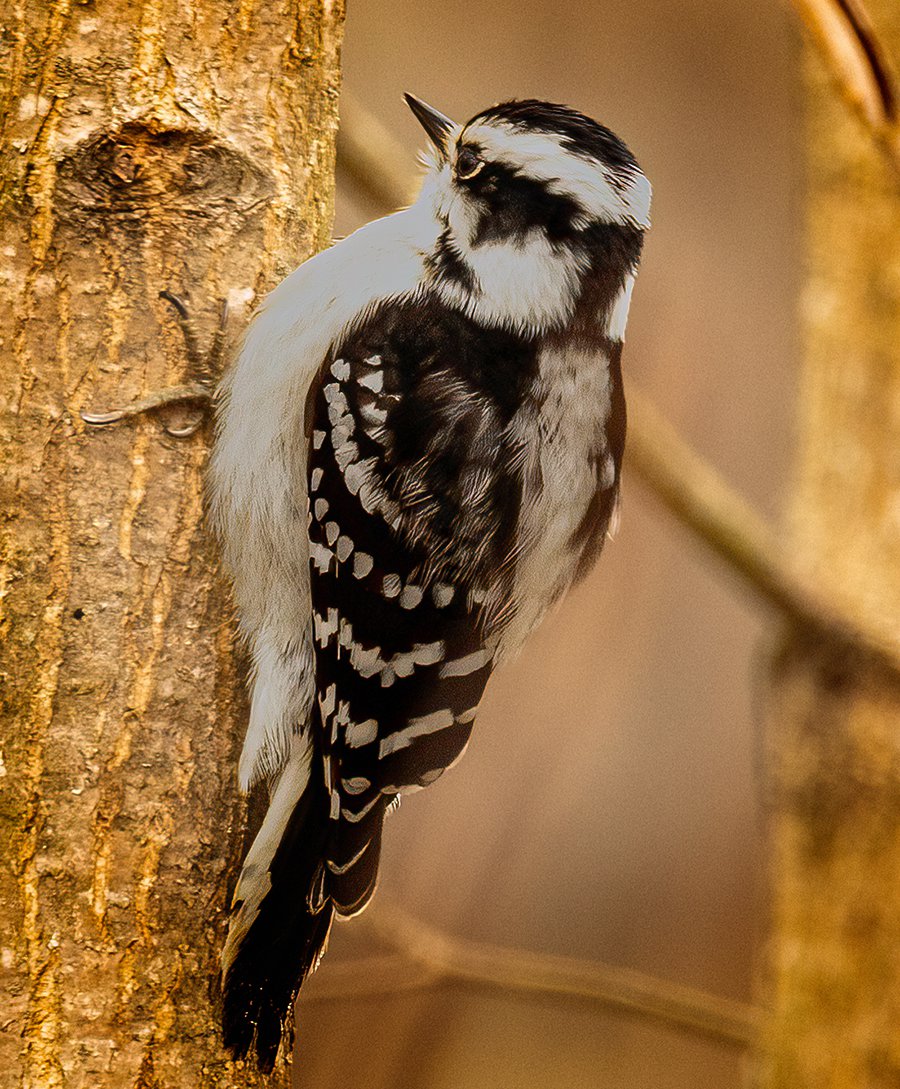Revealing the Tricks of Woodpeckers: Actions, Habitat, and Much More
Woodpeckers, with their one-of-a-kind behaviors and specialized adaptations, have lengthy captivated researchers and nature fanatics alike. These remarkable birds possess a variety of appealing keys that clarified their survival techniques, habitat preferences, and complex interaction approaches. By uncovering the mysteries surrounding woodpeckers' behavior and habitat options, a deeper understanding of these avian wonders emerges, using a look right into their remarkable globe. So, what makes these birds truly remarkable, and exactly how do they navigate their atmosphere with such precision and skill? Allow's check out the captivating world of woodpeckers and unwind the enigmatic details that make them such intriguing topics of research study.
Woodpecker Actions Insights
In examining woodpecker habits, a fascinating screen of specialized abilities and adaptations arises, losing light on their amazing eco-friendly particular niche - Woodpeckers in Florida. Woodpeckers, recognized for their unique drumming on trees, have a range of behavior traits that add to their survival and success in their environment. One essential actions is their drumming, which offers multiple objectives such as communication, establishing territory, drawing in friends, and finding food sources. This balanced pecking likewise showcases their impressive toughness and endurance, as they can hammer away continually at high rates without causing injury to themselves.
Furthermore, woodpeckers exhibit a special feeding behavior identified by their ability to extract pests from tree bark utilizing their specialized beaks. Their lengthy, barbed tongues aid in recording victim, while their strong neck muscles provide stability and precision during pecking motions. This feeding approach enables woodpeckers to accessibility surprise insect larvae and extract them with impressive performance.
Environment Preferences and Option
What variables influence the environment preferences and option of woodpeckers? Woodpeckers are very adaptable birds understood to occupy different settings worldwide. Nevertheless, they do exhibit preferences for sure habitat characteristics. One important aspect affecting woodpecker habitat choice is the availability of ideal nesting websites. Woodpeckers usually favor forests with a mix of mature trees that supply enough possibilities for tooth cavity excavation. These cavities function as critical nesting and roosting websites for woodpeckers and are crucial for their breeding success.
Furthermore, woodpeckers reveal a preference for habitats with a plentiful supply of food sources. They are mostly insectivorous, preying on beetles, ants, larvae, and other insects discovered in rotting timber or tree bark. As a result, woodpeckers have a tendency to favor wooded areas with a diverse insect populace to fulfill their dietary this hyperlink requirements.
Additionally, the presence of dead or rotting trees is an additional essential consider woodpecker environment selection. These trees not just provide food sources yet also offer appropriate substrate for cavity excavation. Dead trees are essential for the upkeep of healthy and balanced woodpecker populaces, as they play a crucial function in the woodpeckers' life process and community dynamics.
Feeding Behaviors and Diet Composition
Woodpeckers demonstrate a specialized feeding behavior concentrated on foraging for insects within various environments. In addition to pests, woodpeckers likewise take in tree sap, fruits, nuts, and seeds, adding range to their diet depending on the season and schedule of food resources.
The foraging strategies of woodpeckers are well-adapted to their arboreal way of life (Woodpeckers in Florida). Their capability to excavate wood not just provides them with food however also assists in developing nesting dental caries and establishing territories. Woodpeckers play an essential function in preserving the health of forests by regulating insect populaces and assisting in the decay of wood. Comprehending their feeding practices and diet make-up is essential for preservation initiatives focused on preserving these unique and beneficial birds.
Drumming Seems and Communication
Making use of fast drumming sounds on numerous surfaces, woodpeckers employ a distinct form of interaction to indicate territory borders and draw in friends. This drumming habits is not only a way of communication yet also offers as a method for woodpeckers to develop their existence within a certain area. The strength, speed, and pattern of the drumming can share essential details to other woodpeckers in the location.
Woodpeckers utilize drumming audios to reveal their visibility in a territory i loved this and to advise off potential burglars. The loud and repetitive nature of the drumming works as a clear signal to various other woodpeckers that the area is currently claimed. This assists in lowering disputes and decreasing physical confrontations in between people.

Survival Adaptations and Specialized Composition

Verdict
Finally, woodpeckers exhibit distinct behaviors, such as drumming noises for interaction, and have actually specialized composition for survival in their picked habitats. Their feeding practices and diet plan make-up further demonstrate their versatility to various settings. By comprehending these elements of woodpeckers, researchers and guardians can better safeguard and maintain these remarkable birds and their communities.
Comments on “Woodpeckers in Florida Population: Species Overview and Conservation”